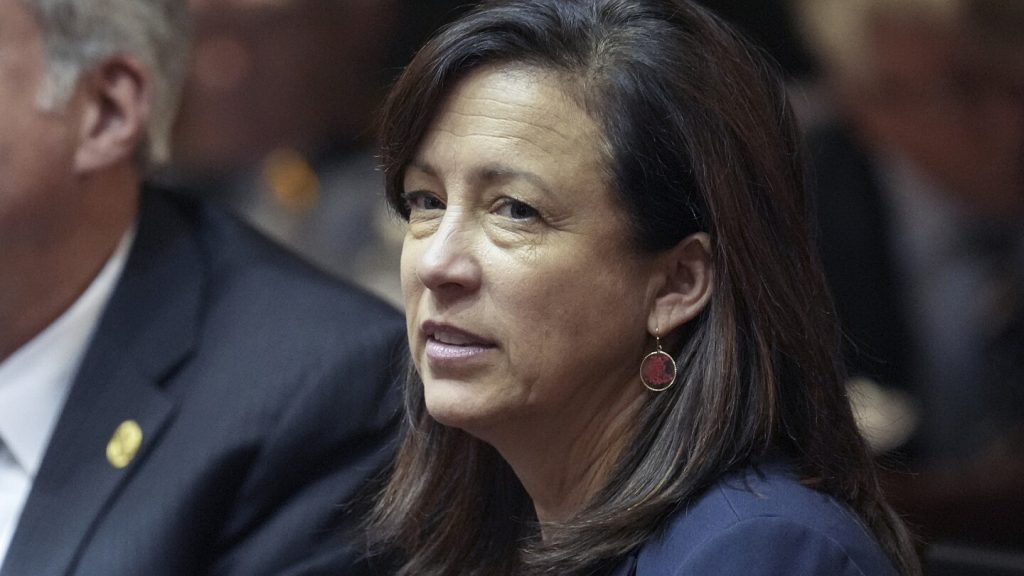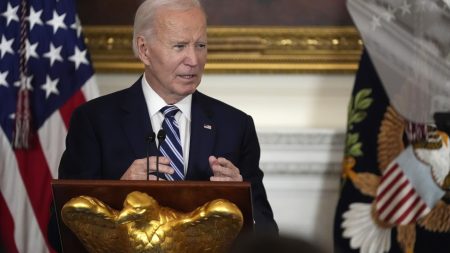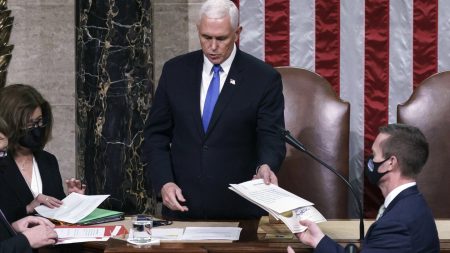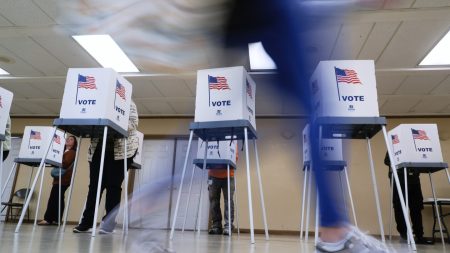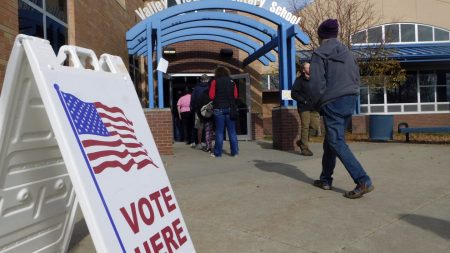The state of Indiana has never had a female governor, but they have a strong track record of electing women to the second-highest office, that of Lieutenant Governor. Democratic gubernatorial candidate Jennifer McCormick faces a tough challenge against U.S. Sen. Mike Braun, who recently defeated Lt. Gov. Suzanne Crouch in the GOP primary. As Braun announced state Rep. Julie McGuire as his pick for lieutenant governor, it is likely that a woman will continue to hold the second-highest office in the state, even if the top spot remains out of reach for women in Indiana.
In 2024, influential Republicans are rallying behind Braun and his choice of McGuire as his running mate. McGuire, who defeated a conservative Republican in the past, is known for her focus on education policies. Running with a woman on his ticket may give Braun a sense of diversity and some protection against attacks from McCormick, his Democratic opponent. However, this choice may not necessarily sway voters in the upcoming election, as the lieutenant governor role traditionally holds little sway over the political landscape.
The role of Lieutenant Governor in Indiana is more ceremonial and holds little constitutional power. The lieutenant governor is the first in line of succession if the governor is unable to fulfill their duties and oversees several state agencies. Kathy Davis was the first woman to hold this position and was appointed in 2003 by Democratic Gov. Joe Kernan. While there have been strong female contenders for governor in the past, such as Sue Ellspermann, the top spot has remained elusive for women in Indiana’s political landscape. Holcomb succeeded Pence as governor and is now completing his second and final term.
Lt. Gov. Suzanne Crouch’s bid for governor in the recent primary is seen as the closest Indiana has come to electing a female governor. Despite her statewide name recognition and fundraising abilities, she finished behind Braun, who had the endorsement of former President Donald Trump. Crouch has noted that while women have held various statewide offices in Indiana in recent years, there is still a lack of gender diversity in government. She believes that the government would be better served if it reflected the diversity of the population it serves.
The recent history of women in Indiana politics showcases a pattern of women reaching the second-highest office but falling short of the governorship. While female lieutenant governors have been a consistent presence, the top spot has remained out of reach for women in the state. As Indiana heads into the fall elections, the focus remains on the role women play in the political landscape and the potential for breaking the streak of never having a female governor. The upcoming election will be a litmus test for the state’s willingness to embrace gender diversity in its leadership positions.









